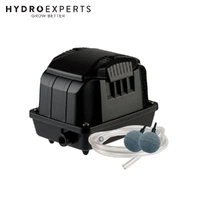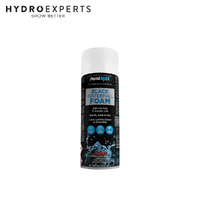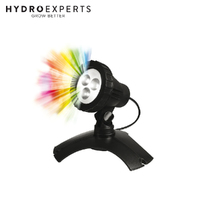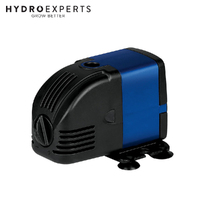Upgrade Your Garden Oasis with Top Pond Pumps & Supplies
By Hydro Experts | 7 January 2025
.jpg)
Want to build a pond, but don’t know where to start? Whether you’re a seasoned gardener or an exciting newbie, making a pond is a rewarding experience. An outdoor pond is the chance to improve biodiversity, and a desirable place to completely wind down. The problem is, that you must have the right supplies and knowledge to transform your garden into an oasis. In this guide, we'll take you through essential Pond pumps, pond supplies, eco-friendly ponds, and tips to help make this a smooth process.
Why Create a Garden Pond?
An outdoor garden pond isn’t just an aesthetic upgrade. You can think of it as an entire miniature ecosystem that:
Enhances biodiversity: Frogs, birds, dragonflies, and beneficial insects are attracted to ponds, and as a result, a thriving ecosystem of activity and sound is created.
Promotes relaxation: The gentle ripple of water and the soft rustling of reeds provide a soothing backdrop, perfect for meditative moments or unwinding after a long day.
Improves microclimate: Ponds regulate temperature and increase humidity, fostering lush growth in surrounding plants and creating a cool, refreshing atmosphere.
Boosts property value: A well-designed and maintained pond is a statement piece with its own charm and its own curb appeal.
Essential Pond Supplies for Every Gardener
Regardless of the size or style of your pond, there are certain pond supplies that are indispensable:
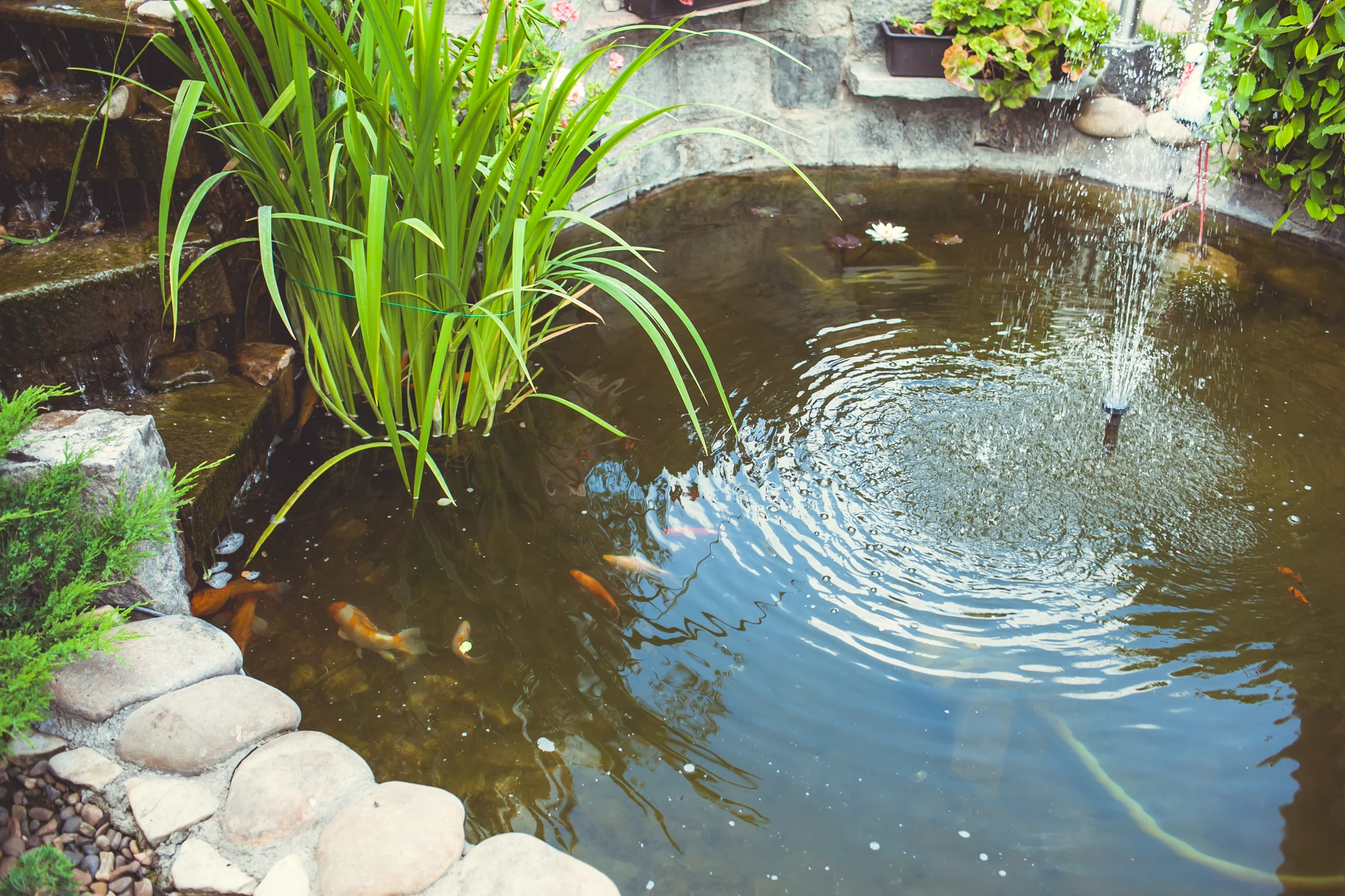
1. Pond Liners
Pond liners are the foundation of your pond as they majorly contribute against water seeping into the soil. Among the multiple varieties of Pond liners available in the market, there are two main options:
Flexible liners: These liners are exclusively made from durable materials like EPDM or PVC, molded to custom shapes. This allows you to design intricate, natural-looking ponds. You can also look out for eco-friendly versions that are non-toxic and UV-resistant for longevity.
Pre-formed liners: Another kind of Pond liners is Pre-formed liners. These are usually ideal for smaller, uniform ponds. What’s even better is that these liners are easy to install and come in various pre-designed shapes, offering a straightforward solution for beginners.
2. Pond pumps
Keeping the oxygen levels up and maintaining it along with continuous water circulation is an absolute must for a healthy pond. Be sure to use reliable Pond pumps that can get the job done and last long. Some of the options for the pump have been listed below:
Submersible pumps: As the name suggests, these pond pumps are made to operate underwater, and are ideal for small to medium ponds. Another added benefit to these pumps is that they are virtually silent and can be hidden among aquatic plants.
External pumps: The external pumps sit outside the pond. While submersible pumps are suitable for smaller ponds these are suitable for larger ponds or those with extensive water features. If you choose a sustainable alternative there are plenty of Solar water pumps available in the market. Select the kind of pond pump that fits your requirements.
When you’re selecting pond pumps make sure that it’s big enough for the volume of your pond and can support waterfalls or fountains. A correctly selected pond pump will provide crystal-clear water and a thriving ecosystem.
3. Filters
Another crucial addition to your pond is Filters. The pond pumps will only pump the water but the filter is responsible for maintaining water clarity and quality. Using a good quality filter will further help in pond aeration as well. There are generally two types of filters:
Mechanical filters: These Mechanical filters can capture debris such as leaves, algae, and sediment. This in turn prevents them from clouding your pond and affecting its appearance.
Biological filters: Have you ever heard of good bacteria? There are some good bacteria that break down organic waste, maintaining a balanced environment for both fish and plants.
4. Aquatic Plants
If you are still looking to add and beautify your pond further then the addition of Aquatic plants will certainly add to the biological and visual aspect. Plants not only enhance your pond’s beauty but also play a vital role in maintaining its ecosystem. If you are planning to include aquatic plants these are some of the suggestions you can stick with:
Floating plants: Floating plants like Duckweed and water lettuce float on the surface. These help reduce sunlight penetration and also control algae growth while adding a natural aesthetic.
Submerged plants: Submerged plants like hornwort thrive beneath the water’s surface. Another added benefit this plant has is that it improves oxygen levels and filters impurities.
Marginal plants: Cattails, irises, and marsh marigolds framed around the edges of the pond, still provide beautiful colors and textures while connecting the two perfectly.
5. Water Features
To further elevate your pond’s appeal, we can certainly add other visual elements such as fountains, waterfalls, and Spitters:
Fountains: A creative addition can be a fountain. The constant gentle spray of the fountain helps with Pond aeration, and the soothing sound introduces a sense of calmness.
Waterfalls: Similar to Fountains, Waterfalls also add a visual aspect and serve as a point of natural aeration.
Spitters: Decorative accents like frog or bird-shaped spitters add whimsical charm and playful water streams.
6. Lighting
Another useful Garden pond accessories are lights. The inclusion of lighting elements will certainly make your own little pond shine during the night too. There are several types of lighting options available within varying budget ranges and needs. :
Underwater lights: To add a subtle charm and highlight you can place glowing lights to highlight aquatic plants, fish, and water features, creating a magical atmosphere after dark.
Solar-powered lights: If you’re all about Eco-friendly and sustainability what we can suggest is to use solar power lights. These are efficient and offer versatility without the hassle of wiring, making them perfect for sustainable gardens.
7. Fish and Accessories
Now that your pond is well equipped with water aerators, aquatic plants, pumps, filters, Liners, and lights, we can proceed to introduce fish like Koi. Similarly, before you add the fish in ensure your pond is equipped with:
Aerators: These help maintain oxygen levels, particularly in warmer months when fish are more active.
De-icers: Prevent freezing in colder climates, protecting fish and ensuring the pond’s ecosystem remains balanced.
Fish food: High-quality, nutrient-rich food tailored to your fish species supports vibrant health and growth.
Eco-Friendly Pond Practices
Building and maintaining a pond sustainably benefits both the environment and your wallet. Here’s how to ensure your pond is eco-friendly:
Opt for natural materials: Go for natural biodegradable pond liners that don’t contain synthetic plastics. For a natural look, some are stone and wood accents.
Harvest rainwater: Install a rain barrel or gutter system to fill your pond naturally, reducing dependence on municipal water sources.
Plant natives: Choose native aquatic plants in your area. They are better adapted to local conditions and require less maintenance.
Avoid chemicals: Stick with using natural solutions for algae control and pest management to protect aquatic life and nearby wildlife.
Encourage wildlife: Add features like shallow ledges for frogs and turtles, or floating logs for dragonflies and birds, fostering a thriving ecosystem.
Maintenance Tips for a Healthy Pond
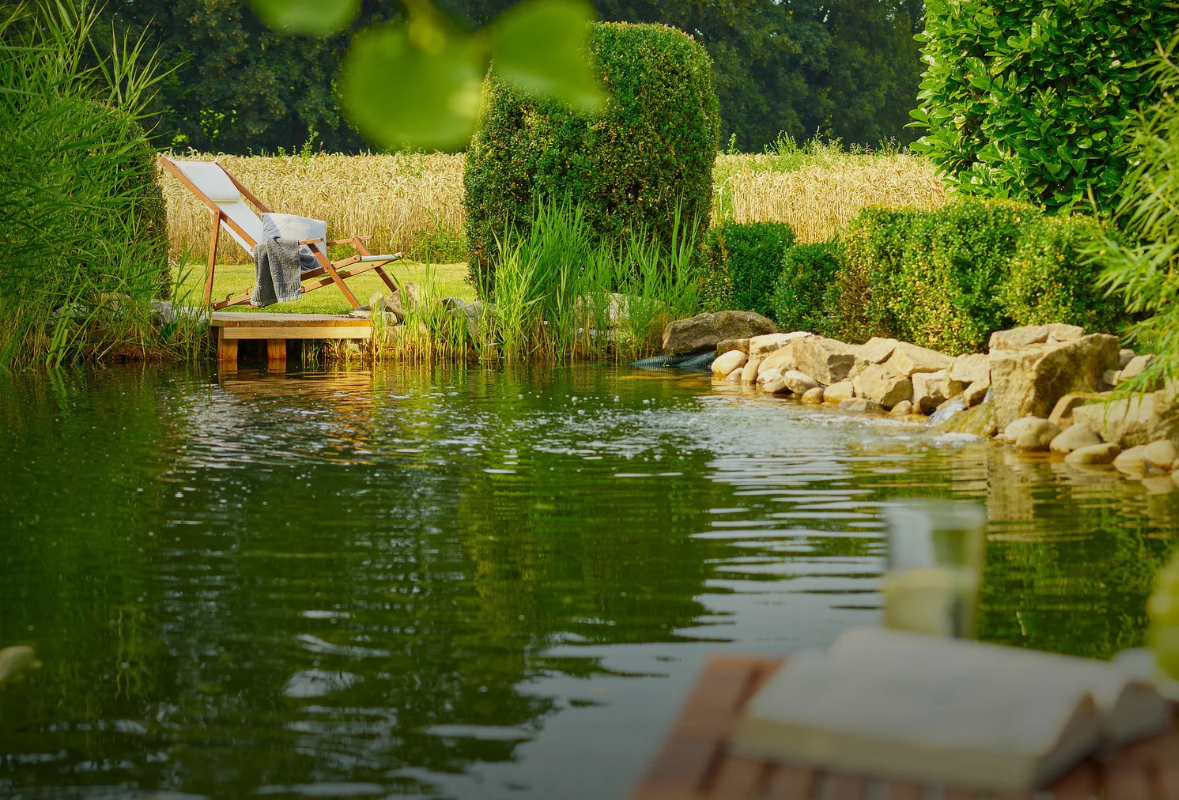
Once you have successfully built your pond to keep it fresh and thriving there are certain maintenance tips you need to follow. Below, we have curated a list for you to go through:
Regular cleaning: To prevent debris build up and maintain clear water, skim leaves and debris weekly or when required.
Monitor water quality: To create a healthy living environment for fishes, regularly check pH, ammonia, and nitrate levels. High ammonia and Nitrate levels can negatively impact both fish and aquatic plants.
Inspect equipment: Now that your pond is full of equipment, it is crucial you check pond pumps, filters, and lighting.
Seasonal care:
- In spring, it is recommended to clean your pond, removing any accumulated muck.
- In winter, you can minimize feeding and use a de-icer or aerator to maintain a stable ecosystem.
Transform Your Garden
We’ve been guilty that life goes too fast, and we need a way of slowing it down a bit. Imagine yourself letting time drift away watching the dragonflies dance, and the frogs splash along the pond, savoring each passing moment. Remember that with the correct supplies like Pond pumps, Pond supplies, Pond filtration, Pond aeration, LED pond lighting, and guide, creating your first pond or elevating an existing one is just one project away. Be patient through the process, take it one step at a time, and before you realize you will be sipping coffee beside your own piece of heaven.
FAQs:
While ponds attract beneficial wildlife like birds and dragonflies, proper design and maintenance will prevent issues with mosquitoes or other unwanted visitors. A balanced ecosystem naturally controls pest populations.
A basic pond can be completed over a weekend for experienced DIYers. Most beginners spread the project over 2-3 weekends, allowing time to properly plan and install each element without rushing.
Yes, but safety comes first. Consider a raised pond, install secure fencing, or create a shallow wildlife pond. Teaching children pond safety and supervising their interactions creates wonderful learning opportunities.
No, ponds can stay filled year-round. In cold climates, fish and plants naturally adapt to winter conditions. Simple winter preparations like adding a de-icer or aerator keep your pond healthy through cold months.
Once established, basic pond maintenance takes about 15-20 minutes weekly for skimming and checking equipment. Most pond owners find this time enjoyable and relaxing rather than a chore.




